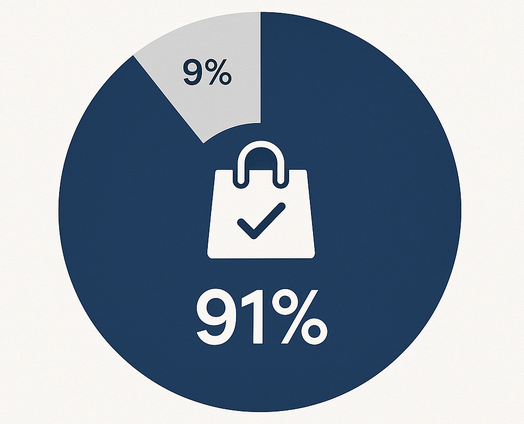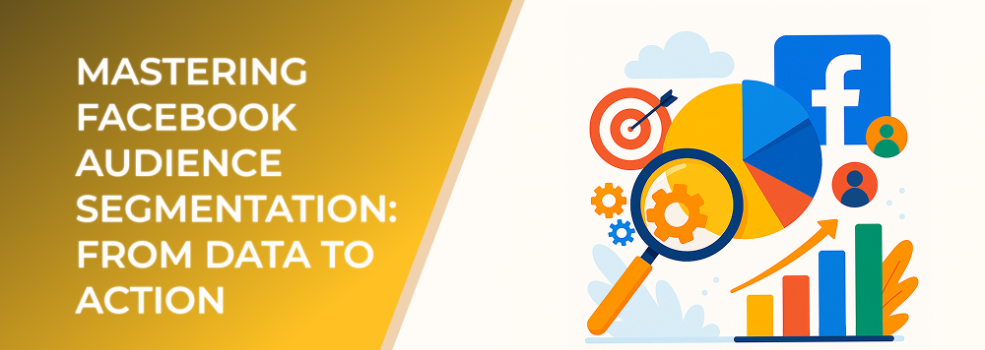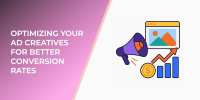This article breaks down practical strategies for precise audience segmentation that drive measurable marketing results.
Successful advertising on Facebook isn’t just about creativity — it’s about precision. Understanding who your audience is and how to segment them effectively can be the difference between a thriving campaign and wasted ad spend. Audience segmentation transforms generic outreach into relevant, data-driven communication that resonates.
Why Audience Segmentation Matters
Facebook’s advertising ecosystem gives marketers access to one of the most sophisticated targeting systems available today. However, this advantage only works if you segment correctly. According to a 2024 Statista report, 91% of consumers are more likely to engage with brands that offer relevant recommendations and content. Without proper segmentation, you risk delivering irrelevant messages that alienate your audience.

91 % of consumers are more likely to shop with brands that deliver relevant offers and recommendations
Segmentation empowers you to:
-
Focus ad spend on high-converting groups.
-
Customize messages for specific audience needs.
-
Improve overall campaign performance and ROI.
Step 1: Collect and Interpret Audience Data
Start with first-party data from your page insights, website traffic, and previous campaign analytics. Facebook’s Audience Insights tool helps identify demographic details like age, gender, interests, and behavior patterns. The key is to move beyond surface-level stats and look for behavioral clusters — groups that act similarly based on shared motivations.
A Nielsen study found that behaviorally segmented campaigns outperform demographic-only targeting by 3x in engagement metrics. The takeaway? Look for patterns in user actions, not just who they are.
Step 2: Build Audience Personas
Once you identify your core segments, bring them to life with detailed personas. For example:
-
The Local Loyalist: Small business supporters who live nearby and respond to community-driven content.
-
The Trend Seeker: Tech-savvy users aged 20–35 who engage heavily with new products and digital experiences.
-
The Value Hunter: Price-sensitive customers who are motivated by promotions and discounts.
By defining these personas, you can craft campaigns that speak directly to their goals, frustrations, and purchase triggers.
Step 3: Create Dynamic Ad Sets for Each Segment
Personalization doesn’t mean creating hundreds of ads. Instead, use dynamic creative tools to automatically adjust messaging, visuals, and calls-to-action based on audience data. Research by Epsilon shows that personalized ads deliver six times higher transaction rates compared to non-targeted campaigns.

Personalised ad campaigns can achieve up to 6× the transaction rate of non-personalised campaigns
Experiment with variations in:
-
Headlines (reflect audience intent)
-
Visuals (mirror demographic interests)
-
CTAs (speak to motivation level)
Run A/B tests regularly to identify which message resonates best for each segment.
Step 4: Monitor and Optimize
Segmentation is never a one-time task. Audience behavior evolves, and so should your strategy. Continuously track:
-
Click-through rates by segment
-
Conversion paths
-
Frequency and engagement decay
Use these insights to refine your personas, exclude underperforming audiences, and reallocate budget to top performers.
Key Takeaways
-
Effective segmentation starts with data interpretation, not assumptions.
-
Personas help humanize and clarify target audience intentions.
-
Ongoing testing ensures that segmentation evolves with market trends.
Mastering audience segmentation transforms marketing from guesswork into predictable, scalable growth. It’s the bridge between data and decisive action.

